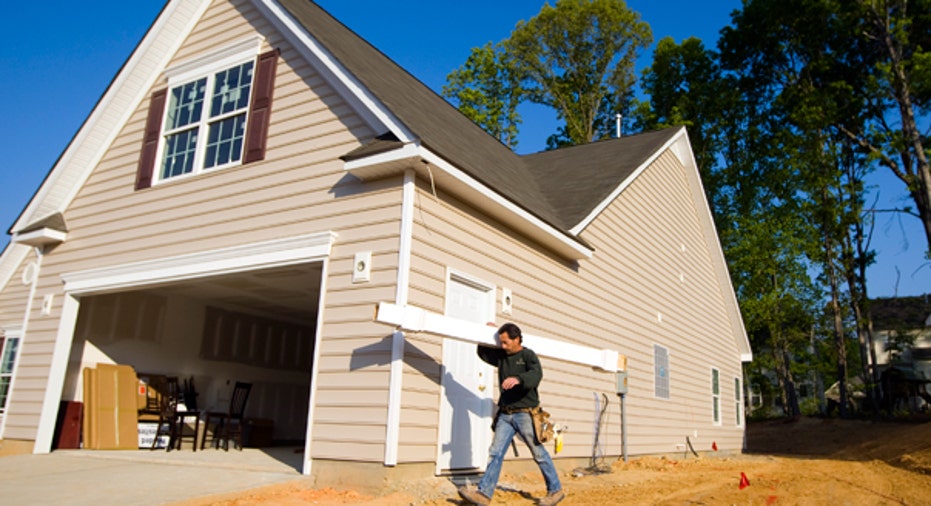After Sandy: Out in the Cold on Mold Insurance Coverage?

As victims of Superstorm Sandy evaluate the impact and begin home repairs, they should be aware that mold caused by the flooding may be the next threat.
Beyond compromising a house's structure, medical experts say some types of mold can be toxic. And there's more bad news: Most homeowners insurance policies do not cover mold-related damages.
Insurers often exclude mold problems caused by flooding because they're considered a maintenance issue, similar to preventing e termite infestation, according to the Insurance Information Institute (III).
"Standard homeowners policies provide coverage for disasters that are sudden and accidental. They are not designed to cover the cost of cleaning and maintaining a home. If, however, mold is the direct result of a covered peril such as a burst pipe, there could be coverage for the cost of eliminating the mold," says the III website. (See: "Hurricanes and insurance: 5 must-know facts.")
And don't think flood insurance secured through the National Flood Insurance Program (NFIP), administered by the Federal Emergency Management Agency (FEMA), will help. The NFIP also doesn't cover damages from mold. (See: "5 ways flood insurance could soak you.")
Options: buy extra coverage or pay private firms to do the job
Marshall McKnight, a spokesman for the New Jersey Department of Banking and Insurance, says that homeowners may need to buy a rider to their policies to ensure they're fully protected from mold damage. The costs vary according to the home's location and the individual insurer, but $50,000 in protection will probably cost you an extra $47 a year, says Bill Wilson, a spokesperson for the Independent Insurance Agents & Brokers of America.
Spending the extra money for mold coverage may be prudent. Employing professionals to repair your home after mold is detected can be expensive. Mold Edge, a mold-removal company working in Maryland and Virginia, says a small job typically costs from $200 to $600, with full remediation of a flooded home ranging from $10,000 to $30,000. (See: "Home insurance claims secrets.")
Guide to mold prevention clean-up
McKnight also advises owners of flooded homes to begin the cleanup that may inhibit mold as soon as possible. Beyond the damage to property that can occur through rot, some doctors warn that certain mold strains -- stachybotrys is one -- pose serious health threats.
The Centers for Disease Control and Prevention (CDC), FEMA and New Jersey's Monmouth County Health Department recommend these steps be taken post-Sandy:
- To document an insurance claim, start with a room-by-room inventory of missing or damaged goods; list what you paid for them, manufacturers, and purchase dates and places. Photograph items to help document the damage.
- Immediately remove wet carpeting. It's best to discard damaged carpeting, but clean, disinfect and dry it quickly if you want to keep it. Never reuse flooded padding.
- Open windows and doors and use fans to dry your home or property as soon as possible. Use wet vacuums to remove water and use dehumidifiers in closed spaces. If you don't have power, try to get a generator.
- Take safety precautions during cleanup and drying: Wear eye protection, latex or rubber gloves and a mask.
- Remove baseboards and soaked drywall to a foot above the watermark and discard. Drain walls by drilling holes or pulling nonporous paneling away from the studs. Check the interior of walls for mold.
- Remove porous items that have been wet for more than 48 hours and cannot be thoroughly cleaned and dried. That means upholstery, wallpaper, floor and ceiling tiles, insulation, leather, wood, paper, food and clothing. Also remove cosmetics, stuffed animals, baby toys, pillows, foam-rubber items and books. Rule of thumb: Discard any item that you think may have been affected by mold.
- Hard, nonporous surfaces (metal, glass, solid wood, plastic, etc.) should be washed with non-ammonia detergent and hot water. Scrub rough surfaces like concrete. Disinfect all cleaned surfaces with a solution of water and bleach; rinse after 10 minutes. Never mix bleach with ammonia.
The original article can be found at Insurance.com:After Sandy: Out in the cold on mold insurance coverage?



















